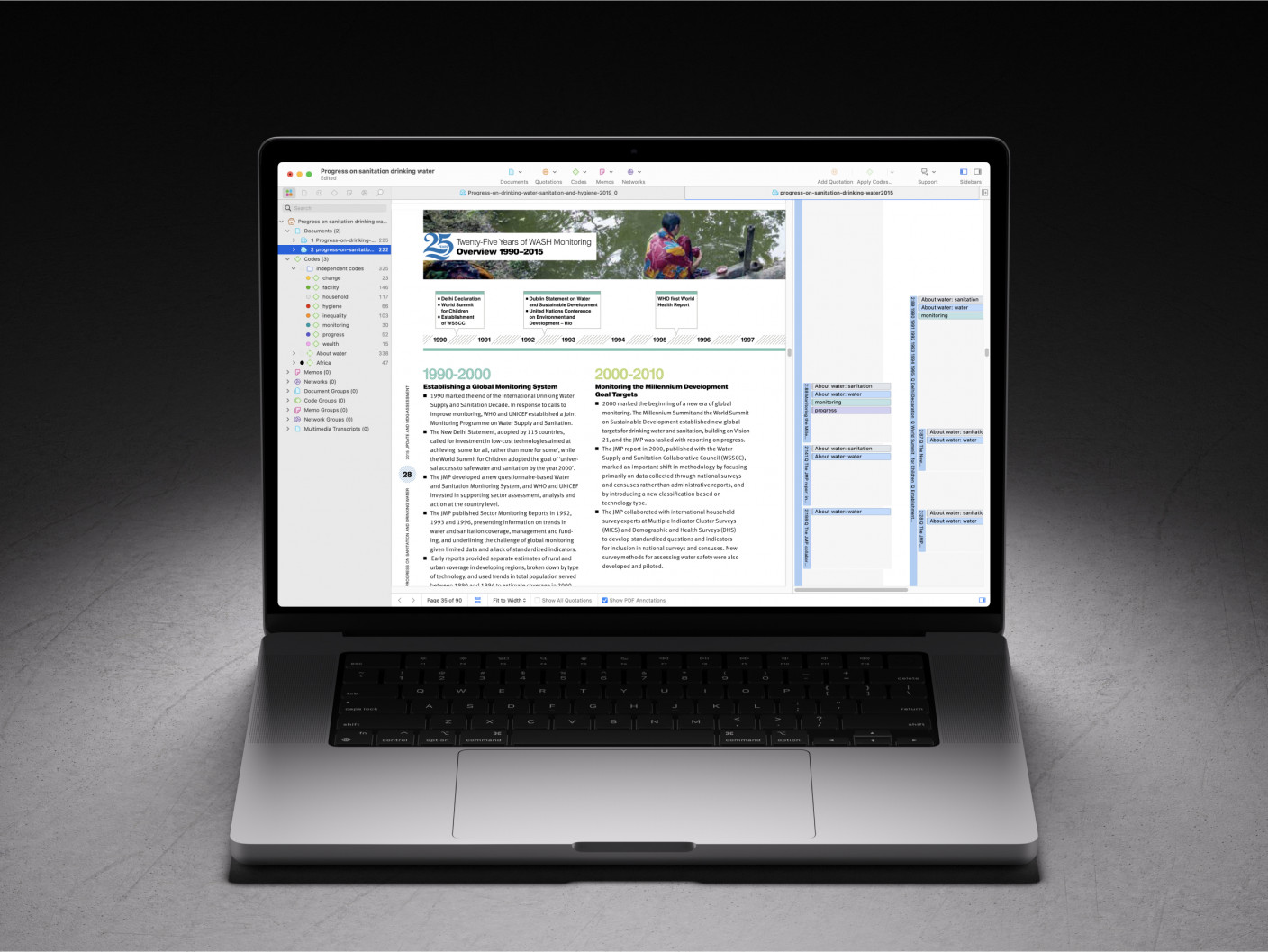What are the characteristics of an ideal type?
What are the characteristics of an ideal type?
Ideal types are foundational tools in qualitative research, constructed to simplify and clarify complex social phenomena. They are not literal representations but serve as models to understand and analyze the essential aspects of a subject. Recognizing their key characteristics helps researchers apply them effectively in their studies.
Abstract conceptualization
An ideal type is inherently abstract, created by synthesizing various elements of a phenomenon into a unified concept. It does not exist in the empirical world but is formed through theoretical reasoning. This abstraction allows researchers to focus on specific aspects without the distractions of real-world variations. By distilling the essence of a phenomenon, the ideal type becomes a clear lens through which complex social realities can be examined.
Emphasis on essential features
The construction of an ideal type involves highlighting the most important characteristics of a phenomenon while intentionally disregarding less significant details. This selective emphasis ensures that the model concentrates on core attributes that define the subject. By accentuating these essential features, researchers can better understand the fundamental nature of the phenomenon and how it operates within different contexts.
Comparative analytical tool
One of the primary functions of an ideal type is to serve as a standard for comparison. Researchers use it to measure and assess real-world cases, identifying similarities and differences. This comparative analysis reveals patterns, deviations, and unique aspects that might otherwise remain unnoticed. By providing a consistent benchmark, the ideal type facilitates systematic examination and contributes to the development of theoretical insights.
Uses for ideal type analysis
Ideal type analysis is a versatile method in qualitative research that aids in simplifying and understanding complex social phenomena. By constructing ideal types, researchers can focus on fundamental aspects to understanding a subject, making it easier to analyze and interpret data. The following are key applications of this method in research.
Facilitating comparative studies
One primary use of ideal type analysis is in conducting comparative studies. Ideal types serve as a benchmark against which real-world cases can be measured. By comparing actual instances to the constructed ideal type, researchers can identify similarities and differences more clearly. This process highlights patterns and deviations across different contexts or groups, enabling a deeper understanding of the underlying factors that influence social phenomena.
Clarifying theoretical concepts
Ideal type analysis helps in refining and clarifying theoretical concepts that may be abstract or complex. By distilling a concept to its essential characteristics, researchers can create a clear and concise model that is easier to understand and communicate. This clarification is beneficial not only for the research at hand but also for advancing theoretical discussions within the field. It allows for more precise definitions and can lead to the development of new theories or the refinement of existing ones.
Guiding data analysis and interpretation
In qualitative research, data can often be unstructured and difficult to analyze without some degree of reorganization. Ideal type analysis provides a structured approach to organizing and interpreting this data. By having a clear model of the essential features of a phenomenon, researchers can categorize their findings more effectively. This method aids in focusing on relevant information, drawing meaningful conclusions, and ensuring that the analysis remains aligned with the core aspects of the subject. It enhances the coherence of the research and contributes to more robust and insightful results.

